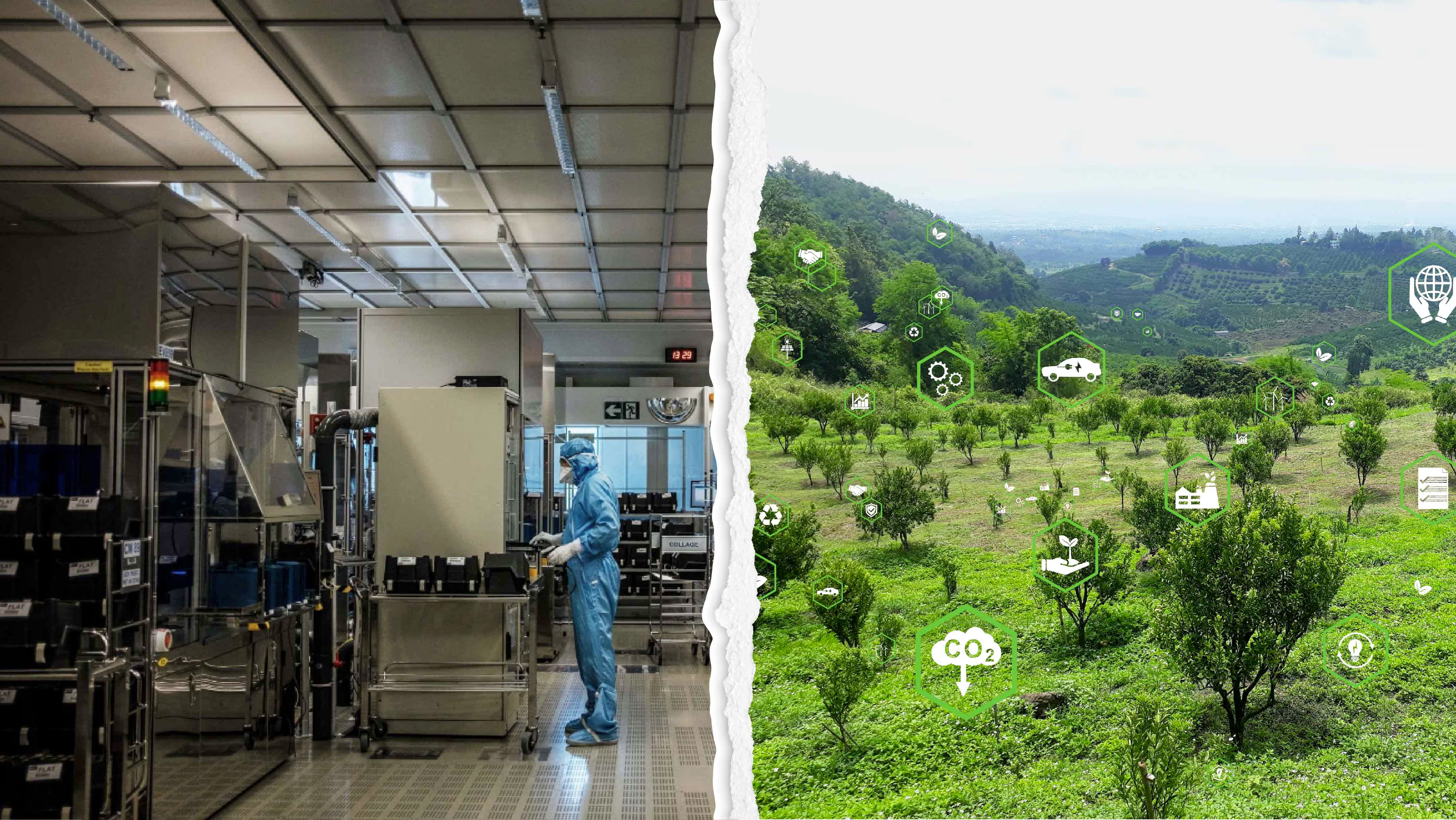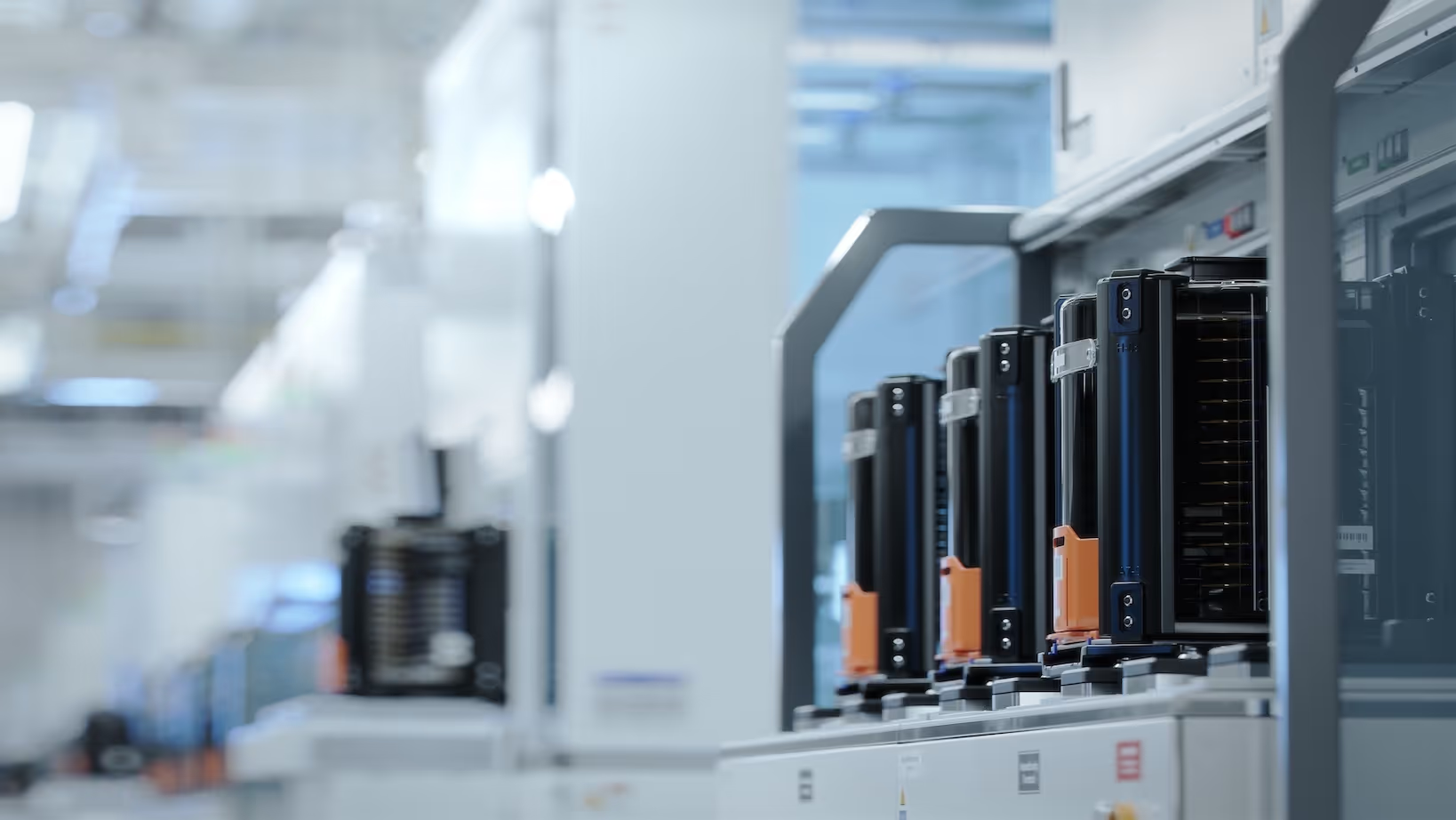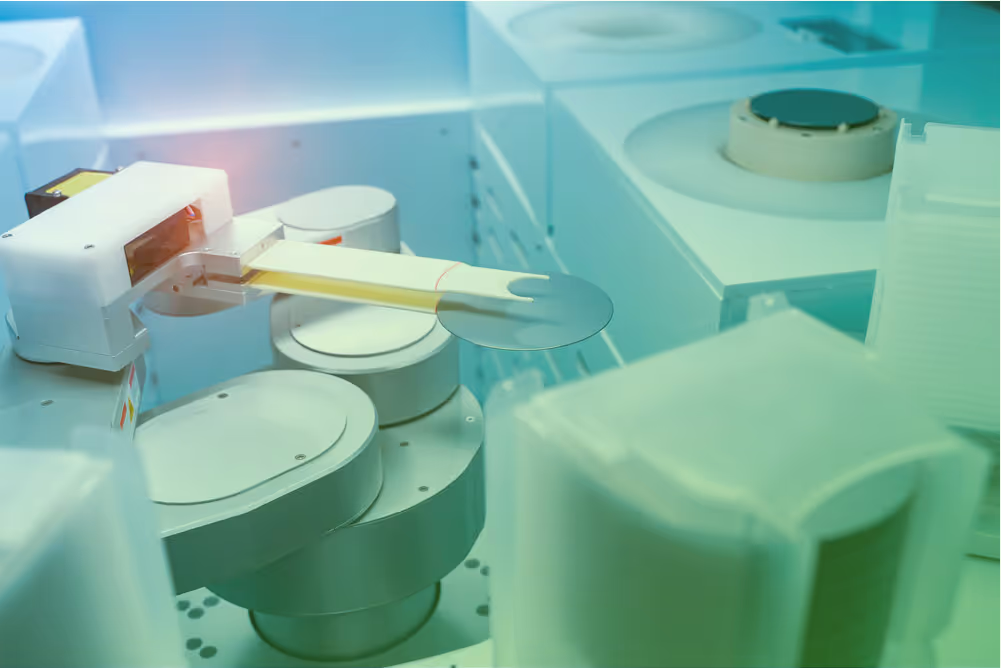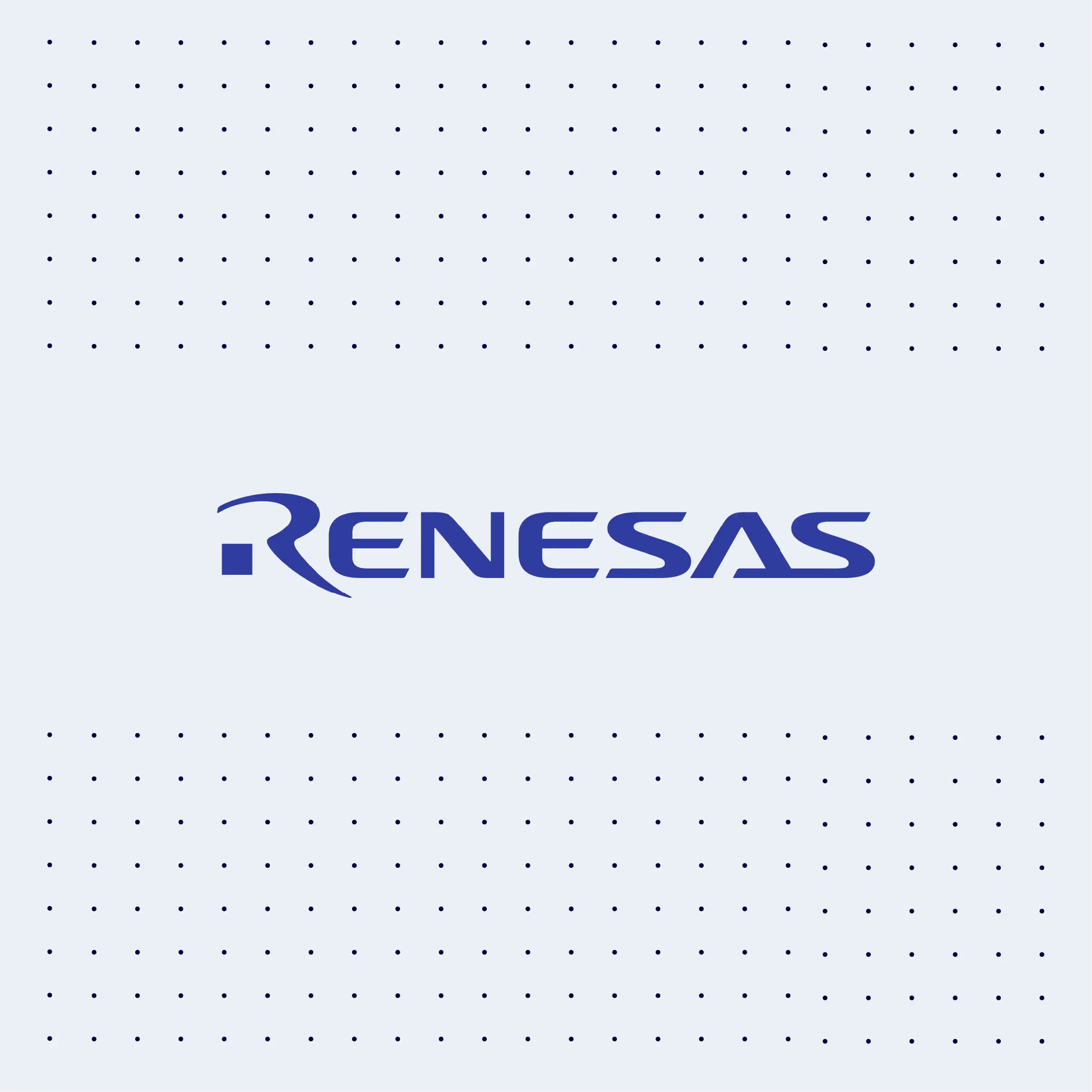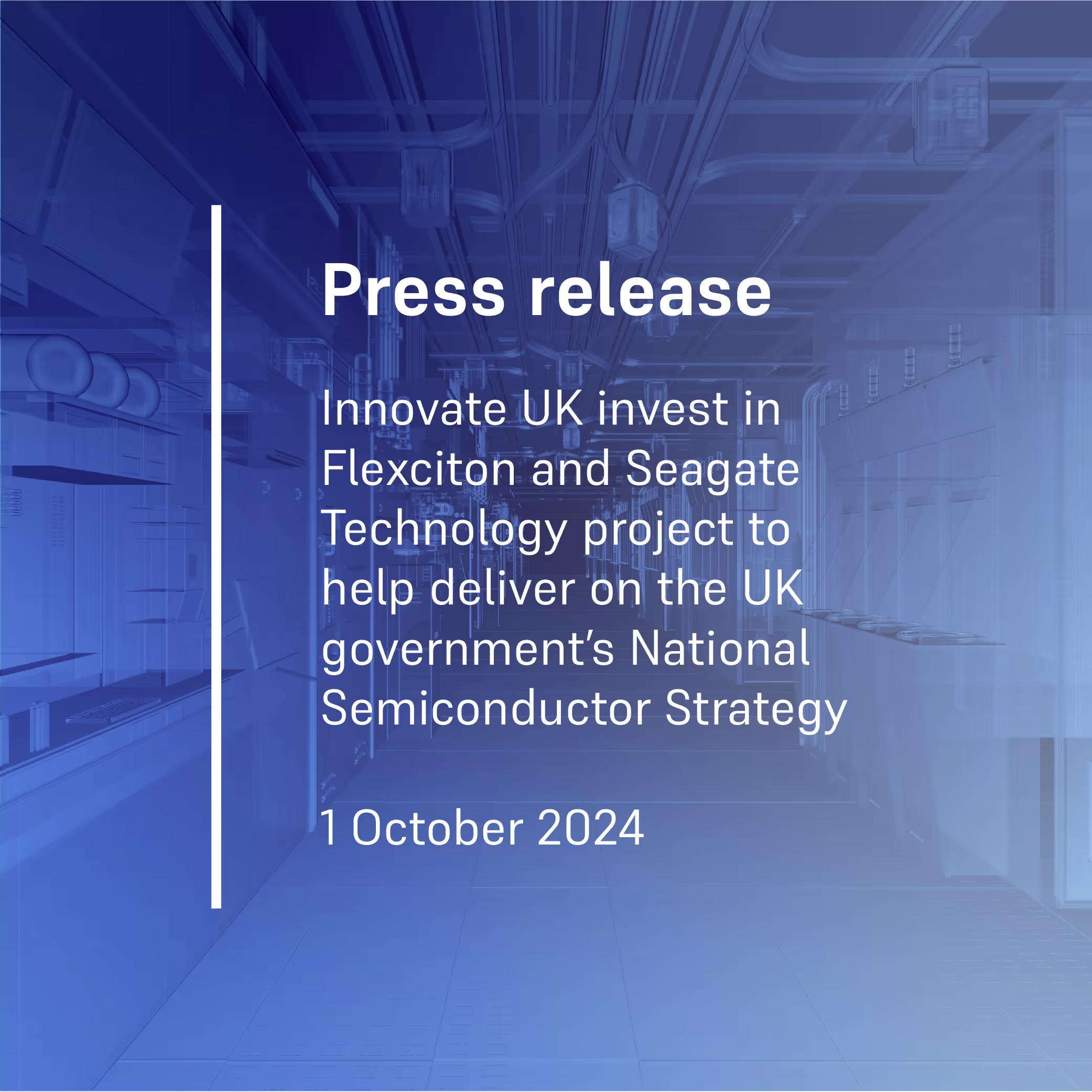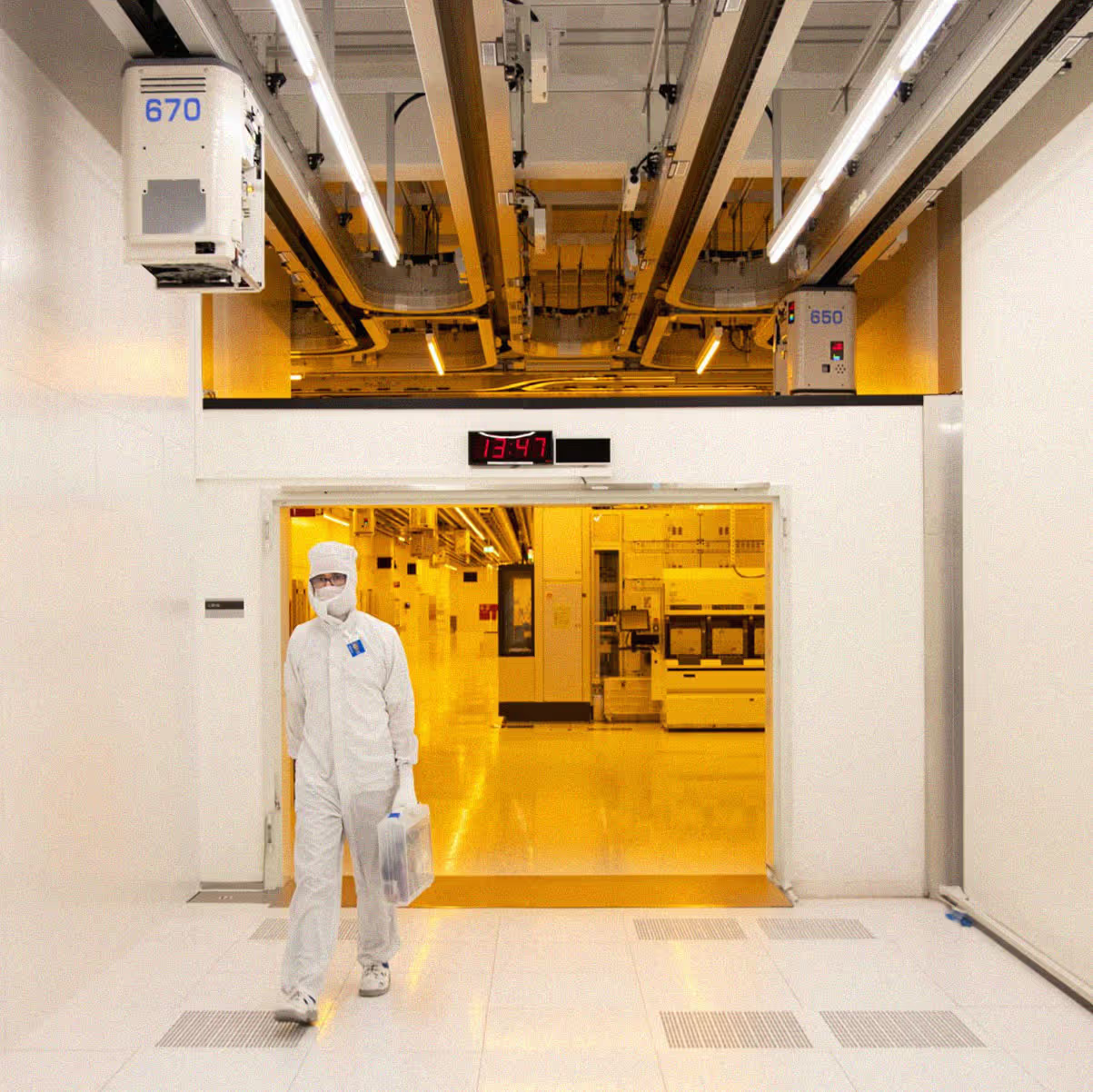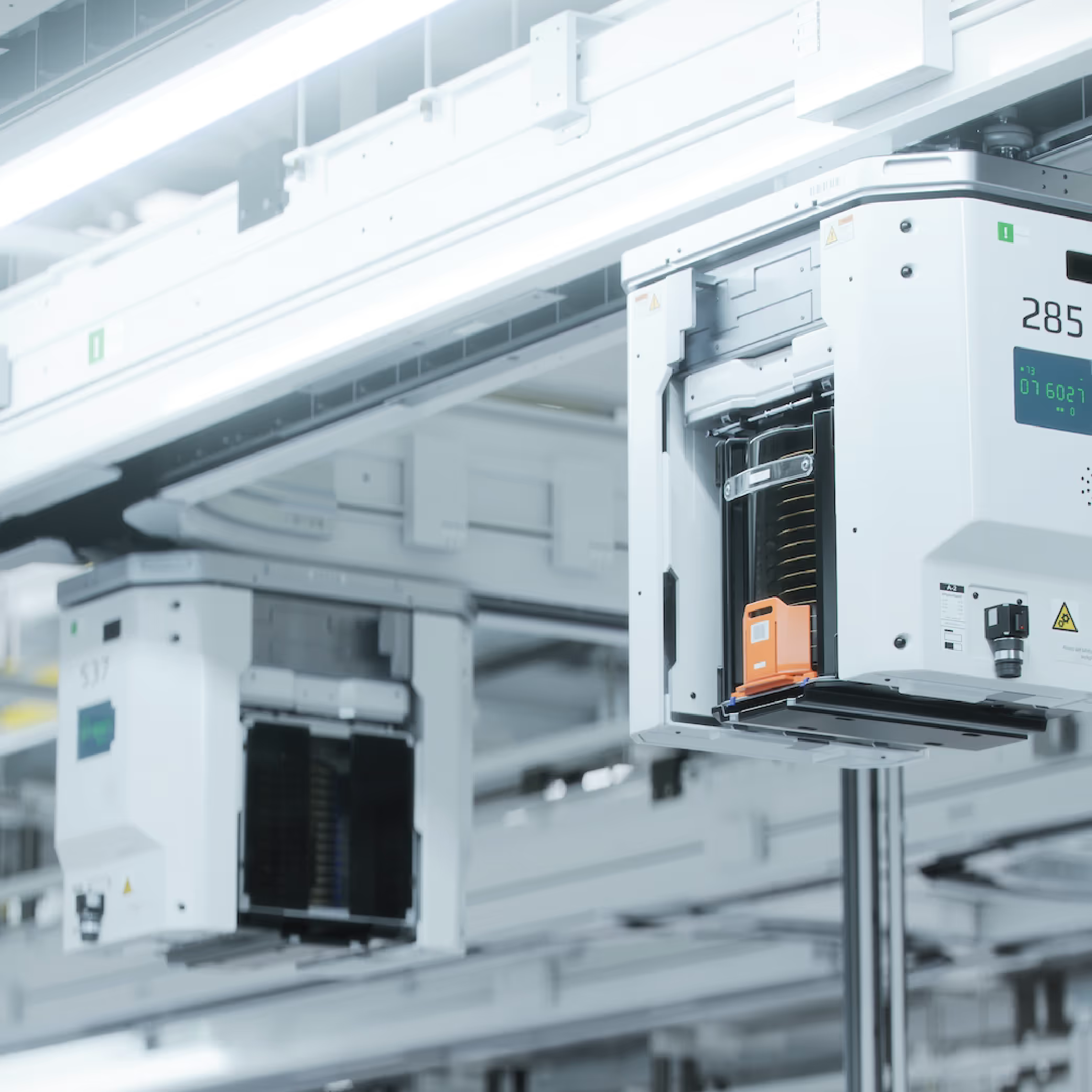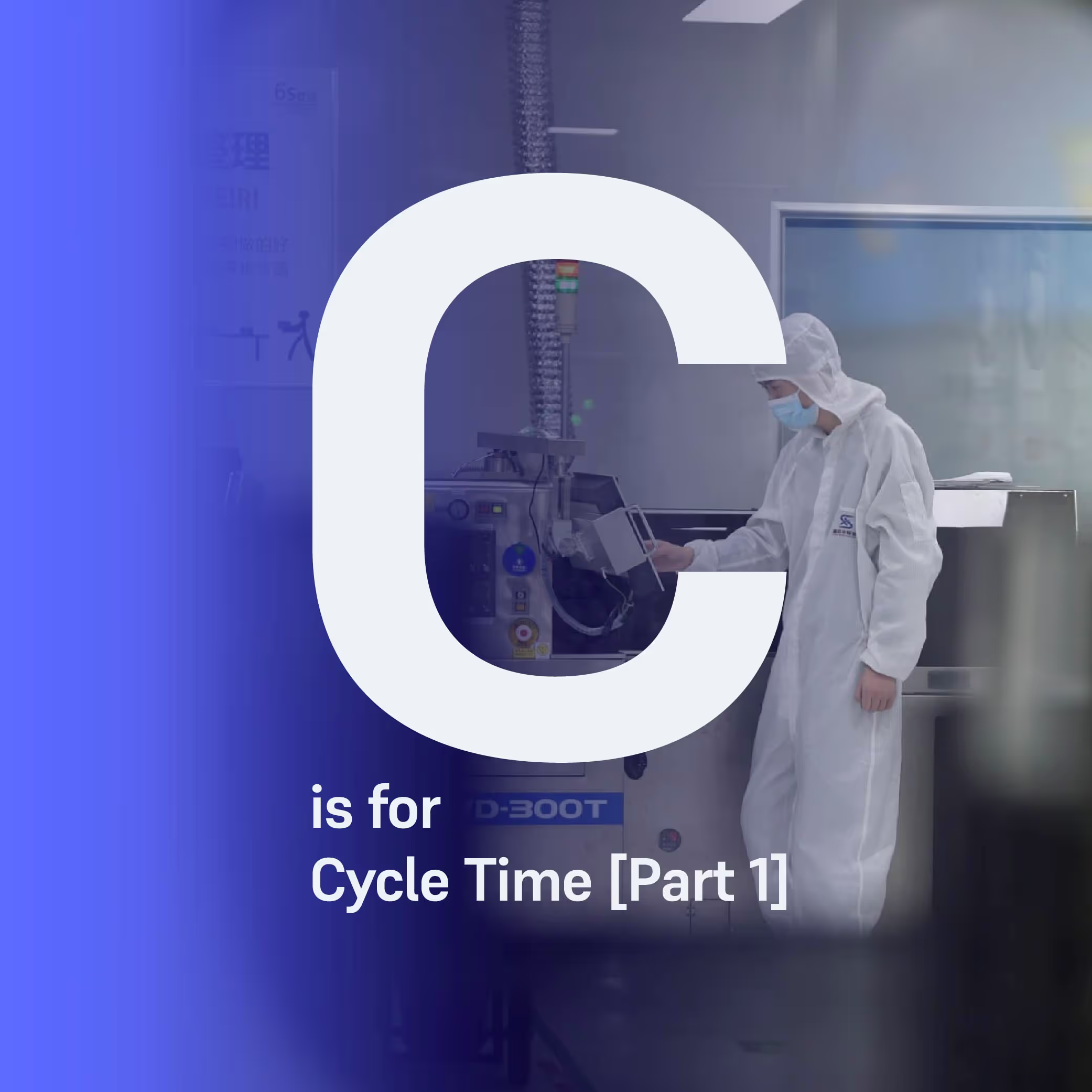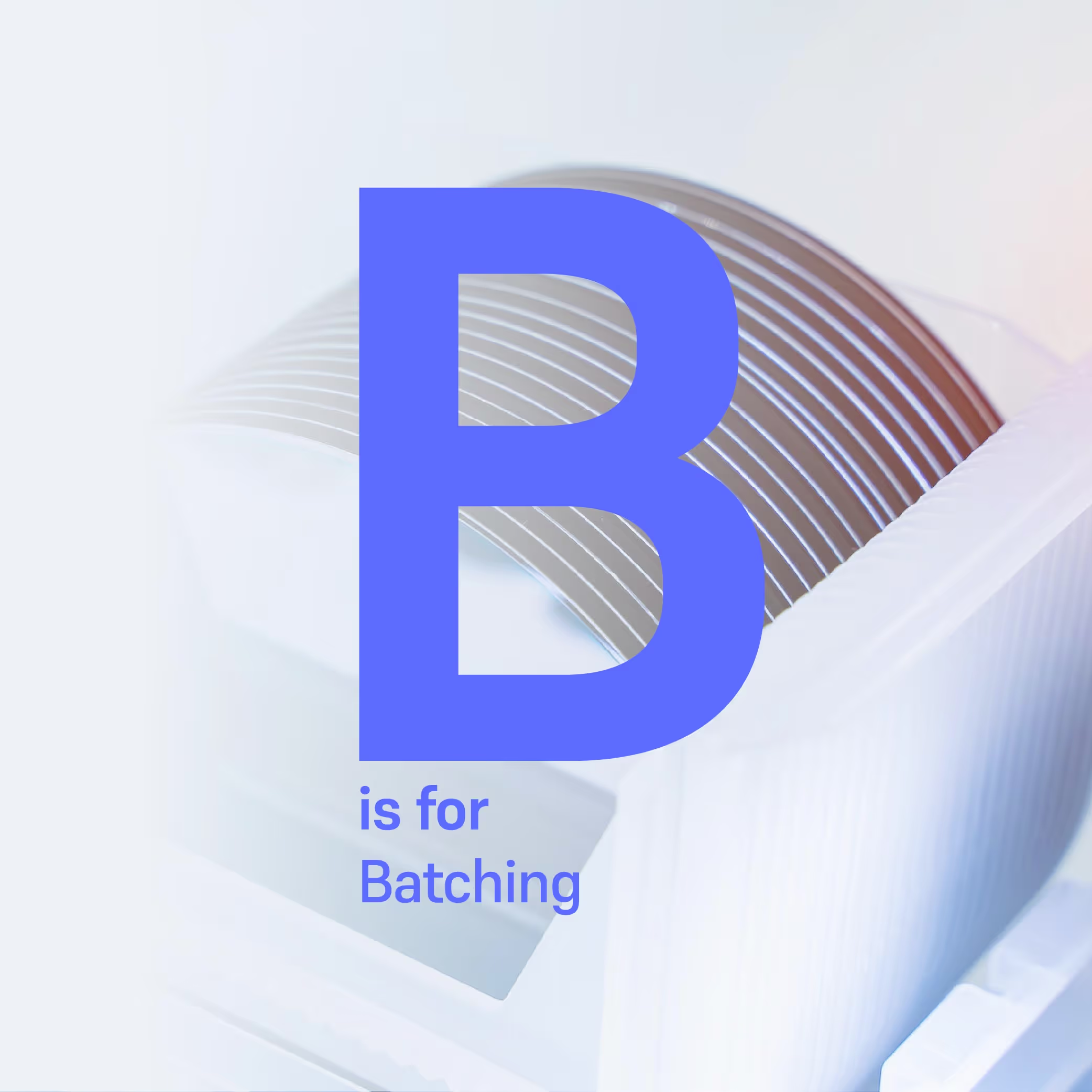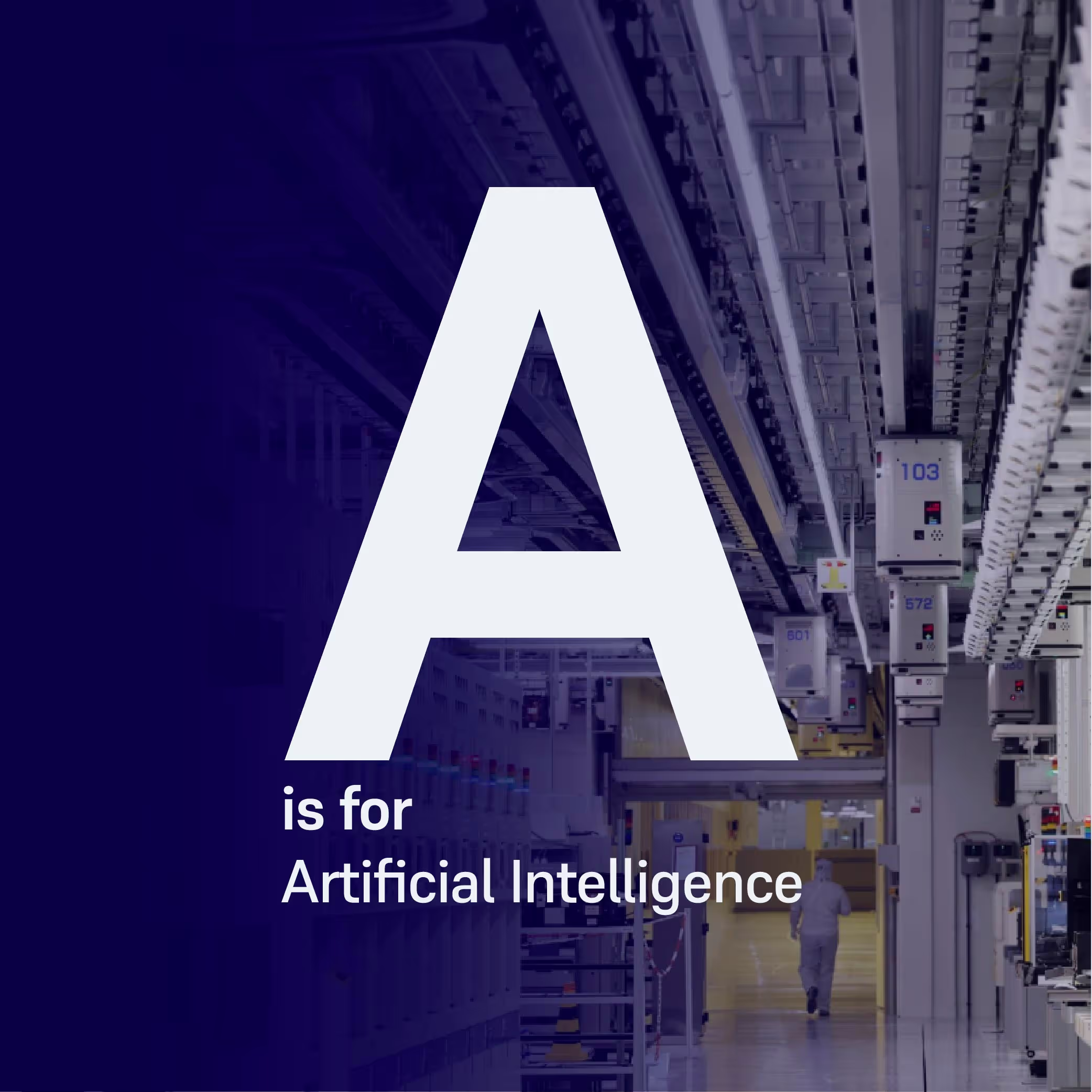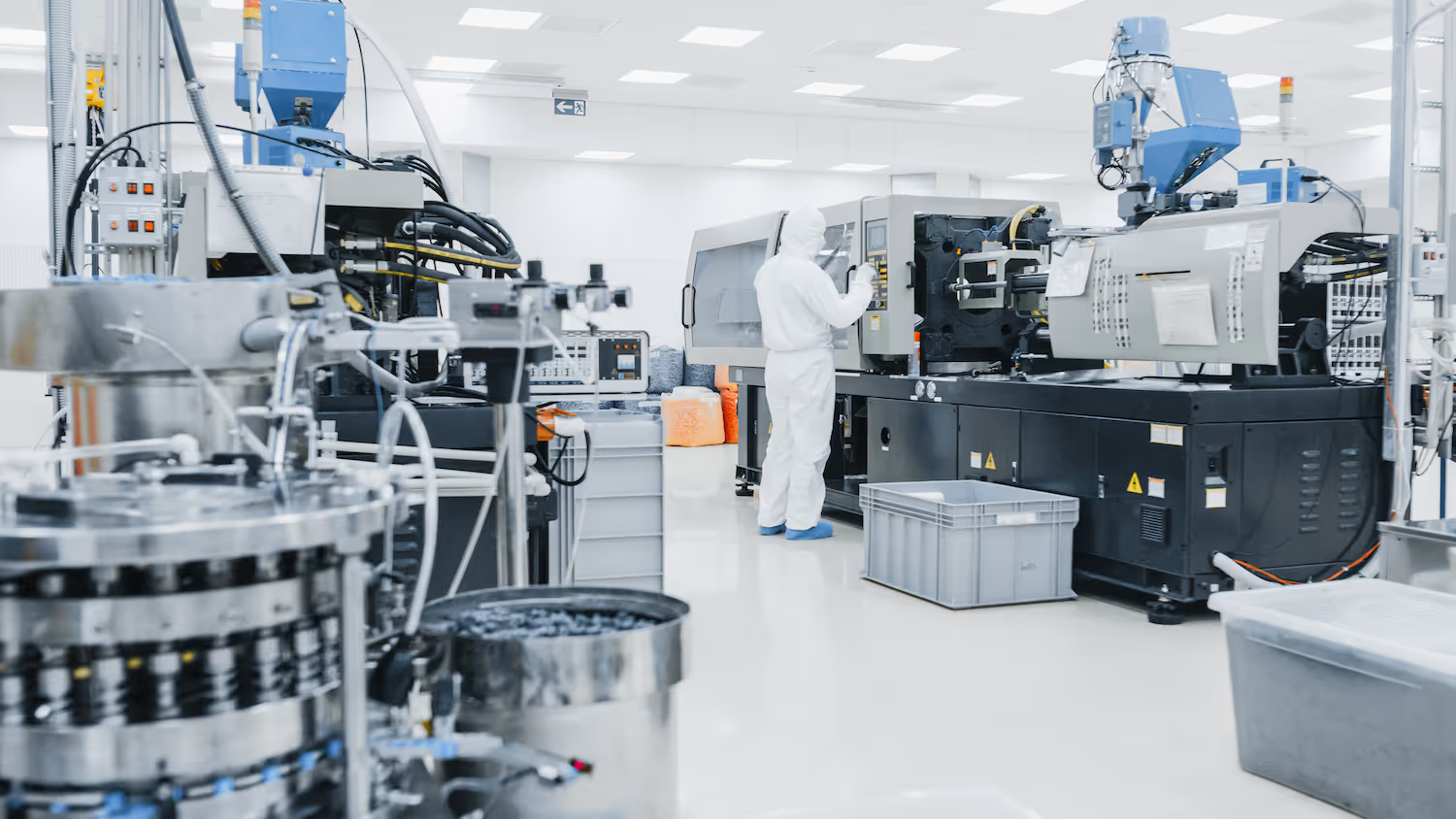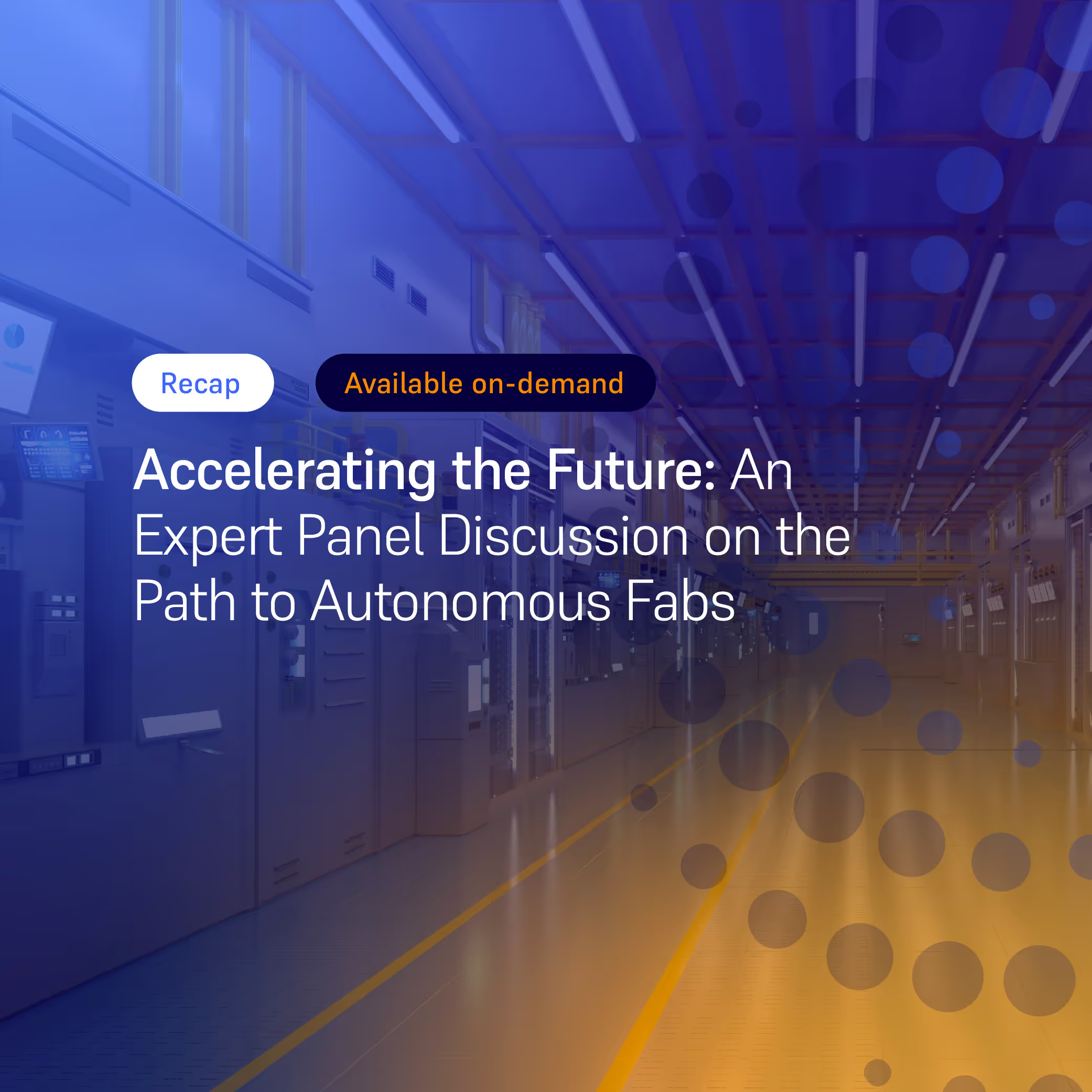Maximising Wafer Fab Performance: Harnessing the Cloud's Competitive Edge
To cloud, or not cloud, that is the question. As other industries make the leap towards cloud technology, uptake with chipmakers continues to lag behind. In this article, Laurence explores the potential benefits of cloud adoption to equip Fab Managers with the motivation to reconsider the question.

To cloud, or not cloud, that is the question.
Some might consider the opening statement a tad flippant in borrowing Hamlet's famous soliloquy. Yet, the internal struggle our hero feels agonising over life and death holds a certain likeness to the challenges faced by Fab Managers today. Businesses live and die by their decisions to either embrace or disregard new innovations to gain a competitive edge and nowhere is this truer than in the rough and tumble world of semiconductor manufacturing; Fairchild, National Semiconductor and S3 are just a few of those who did not last. [1][2][3]
Semiconductor manufacturing has had a long history of innovating, tweaking, and tinkering,[4] so it’s somewhat surprising that the sentiment towards cloud uptake has been weaker in the semiconductor industry compared to the wider market[5]. This article aims to explore some of the potential benefits of cloud adoption to better equip Fab Managers with the motivation to take another look at the cloud question.
Recap: What are the different types of Cloud?
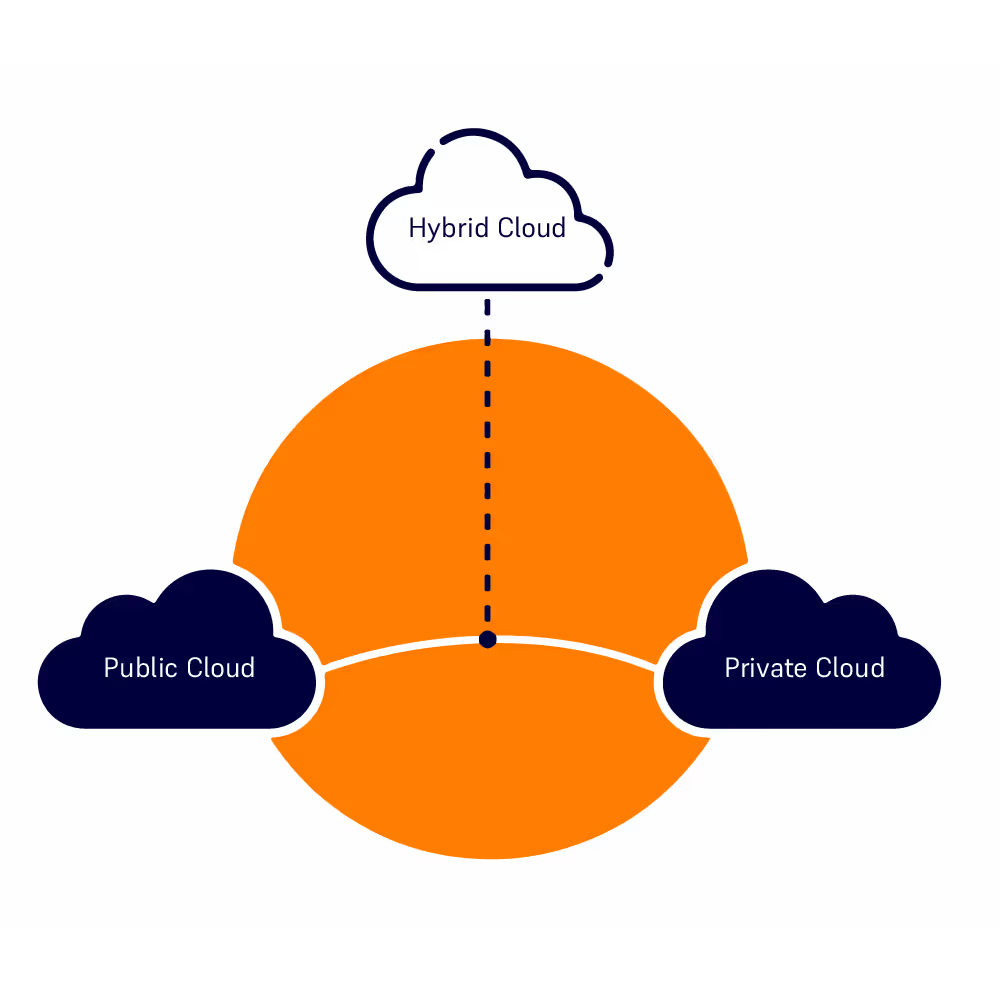
Cloud computing encompasses public, private, and hybrid models. The public cloud (think Azure, AWS, Google Cloud and so on) offers rental of computational services over the internet, while the private cloud replicates cloud functionality on-premises. However, private clouds require a significant upfront investment, ongoing maintenance costs and a skilled in-house IT team to manage and maintain the infrastructure, making it a less appealing option for smaller firms. Hybrid cloud blends on-site and cloud resources for flexible workloads, segregating the most sensitive workloads to on-premise environments for the greatest control; however, control does not necessarily mean security, which will be discussed in a later article!
Understanding the benefits of cloud
1. The Latest Tech
Embracing the latest cloud technology offers wafer fab facilities, not just organisations, a direct path to heightened capabilities in their manufacturing processes through the use of digital and smart manufacturing technologies. By harnessing advanced computational powers such as real-time analytics; optimization[6]; and machine learning defects detection[7], fabs can maximise all their fundamental KPIs, ultimately leading to better business outcomes. McKinsey estimates that, compared to other semiconductor activities, manufacturing has the most to gain from the AI revolution (Fig. 1), and a key technology enabling this is will be the vast computational power of the cloud.[8]
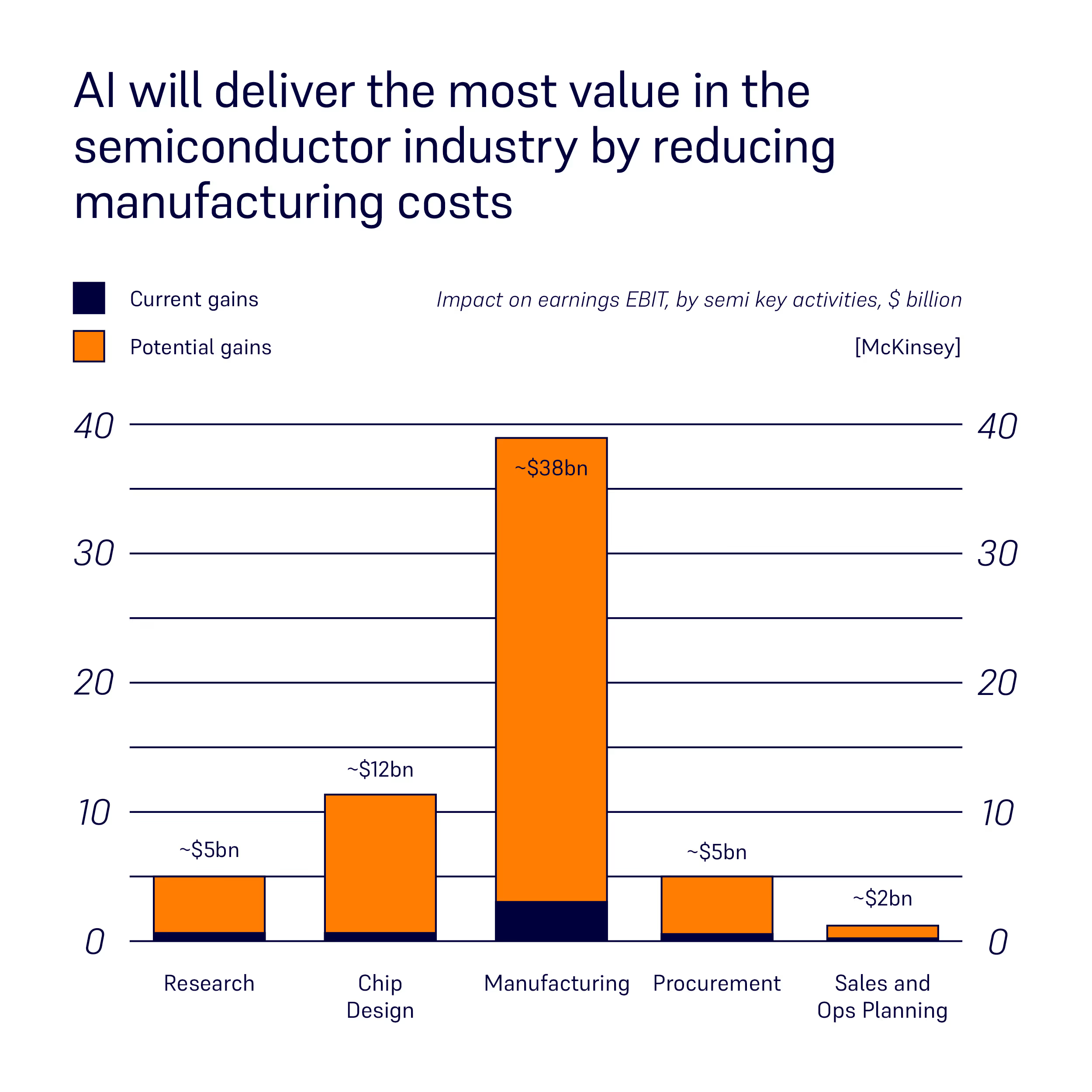
Case Study: The Latest Tech Driving Improvements in Fab KPIs
Seagate achieved a 9% increase in moves by utilising Flexciton’s cloud native platform and cutting-edge autonomous scheduling.
2. Redundancy, Scaling, Recovery and Updates
It is true that some of these technologies can be provided on-premises; however, cloud computing, in general, reduces downtime through redundancy, automated scaling, and disaster recovery mechanisms, ensuring seamless operation even during hardware failures or unexpected traffic spikes. Some estimates suggest that downtime can cost firms an eye-watering $1 million to $5 million per hour, depending on their size and sector. [9] By leveraging the cloud, the cost of operating disaster recovery services has demonstrated potential cost savings of up to 85% when comparing public to private options. [10] It is easy to speculate that for wafer fab critical infrastructure, the cost of downtime could be significantly higher.
Furthermore, the number of wafers processed within a fab can cause computational traffic spikes during busy periods for some applications. On-premises deployments would need to account for this, even if the resource is not in use all the time, which can add to inefficiencies, while public cloud can elastically scale down, meaning you only pay for what you use.
Lastly, on-premises systems without the ability to monitor and update remotely are often many versions behind, prioritising perceived stability but research has shown increasing the rate of software iteration increases stability and resilience rather than weakening it. [11] Without the convenience of remote updates, legacy systems can become entrenched, with employees on the shop floor being hesitant to embrace change due to the fear of disrupting critical infrastructure and the expenses associated with upgrading IT infrastructure. This sets in motion a self-reinforcing cycle where the expenses and associated risks of transitioning increase over time, ultimately resulting in significant productivity losses as users continue to rely on outdated technology from decades past.
3. Specialisation and Comparative Advantage
Stepping back from the fab and taking a holistic view of the semiconductor manufacturing organisation reveals compelling economic arguments, both on macro and micro scales, for embracing cloud.
Allowing cloud providers to specialise in cloud computing while wafer fab manufacturers focus solely on wafer fabrication benefits the latter by freeing them from the complexities of managing IT infrastructure. [12] This collaboration allows wafer fab manufacturers to allocate their resources towards core competencies, leading to increased operational efficiency and superior wafer production.
Simply put, fabs do not build the complex tools they need to make their products, such as photolithography equipment; they purchase and utilise them in ways others can’t to produce market leading products. Why should utilising the tools of the cloud be any different?
On a macro level, the argument of specialisation also applies through comparative advantage.[13] Different continents and countries have comparative advantages in certain fields, Asia has long been a world leader in all kinds of manufacturing due to its vast populations.[14] The United States, on the other hand, has a tertiary education system which is the envy of the world; institutions like Stanford and MIT are household names across the globe, and this has provided the high technical skills needed to be the home of the technology start up. Utilisation of cloud technology and other distributed systems allows firms to take the best of what both regions have to offer, high tech manufacturing facilities from Singapore to Taiwan with the latest technology from Silicon Valley or perhaps London. Through the cloud, Fab Managers and organisations can leverage a single advanced technology across multiple fabs within complex supply chains. This eliminates the need for costly and experienced teams to travel across the globe or manage multiple teams in various locations with varying skill sets, all while locating facilities and offices where the best talent is.
In brief, semiconductor firms' fate could rest on one pivotal decision: adoption of cloud. This choice carries the promise of leveraging cutting-edge technology, fortifying resilience, and reaping a multitude of advantages. Notably, by transitioning to cloud-native solutions, Fab Managers can usher their organisations into an era of unparalleled competitiveness, all while enjoying a range of substantial benefits. Among these benefits, for example, is cloud-native architecture like Flexciton’s, promising lower cost of ownership and zero-touch maintenance for fabs. We will delve deeper into the crucial aspect of security in one of our upcoming blogs, providing a comprehensive understanding of how cloud-native solutions are actually key to safeguarding sensitive data and intellectual property, rather than compromising it. In this era of constant innovation, embracing the cloud is more than just an option; it’s becoming a strategic imperative.
Author: Laurence Bigos, Product Manager at Flexciton
References
[3] S3 Graphics: Gone But Not Forgotten | TechSpot
[4] Miller, C. (2022). Chip War: The Fight for the World's Most Critical Technology. Scribner.
[5] Flexciton | Blog & News | Is Fear Holding Back The Chip Industry’s Future In The Cloud?
[6] Flexciton | Resources | Seagate Case Study 2.0
[8] Applying artificial intelligence at scale in semiconductor manufacturing | McKinsey
[9] Know Key Disaster Recovery Statistics And Save Your Business (invenioit.com)
[11] Forsgren, N., Humble, J., & Kim, G. (2018). Accelerate: The Science of Lean Software and DevOps. IT Revolution Press.
[12] Specialization Definition (investopedia.com)
[13] What Is Comparative Advantage? (investopedia.com)
[14] Why China Is "The World's Factory" (investopedia.com)
More resources
Stay up to date with our latest publications.
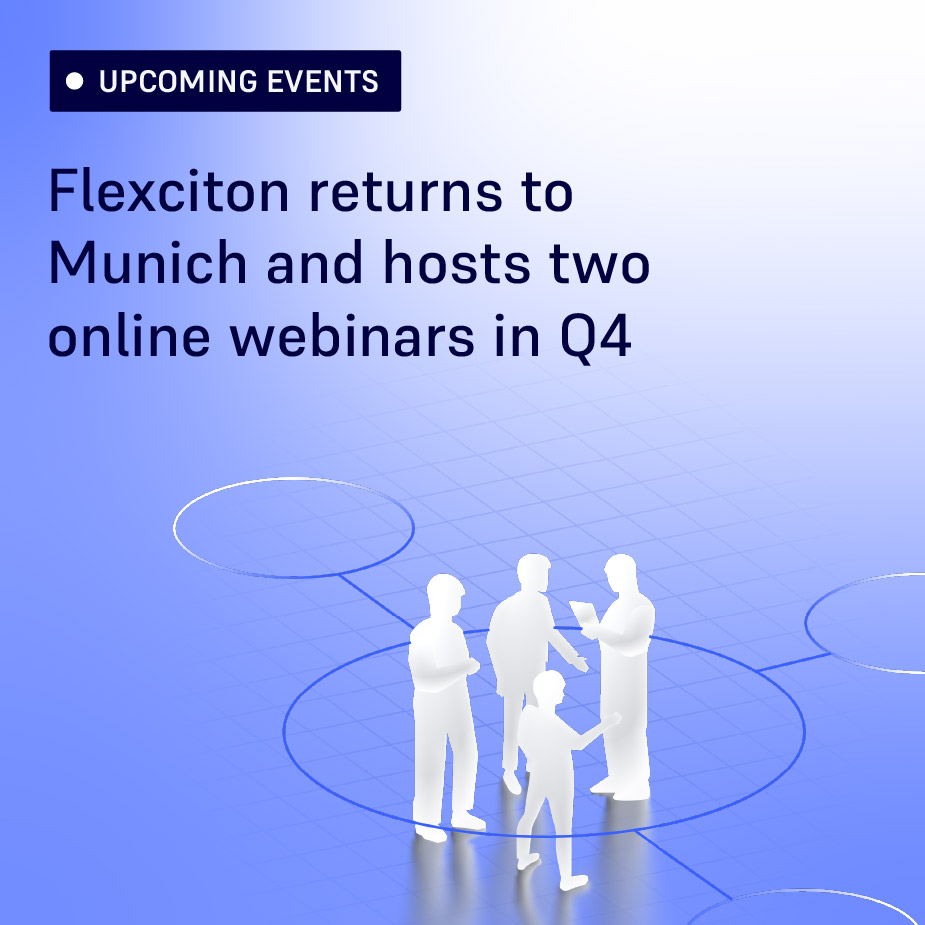
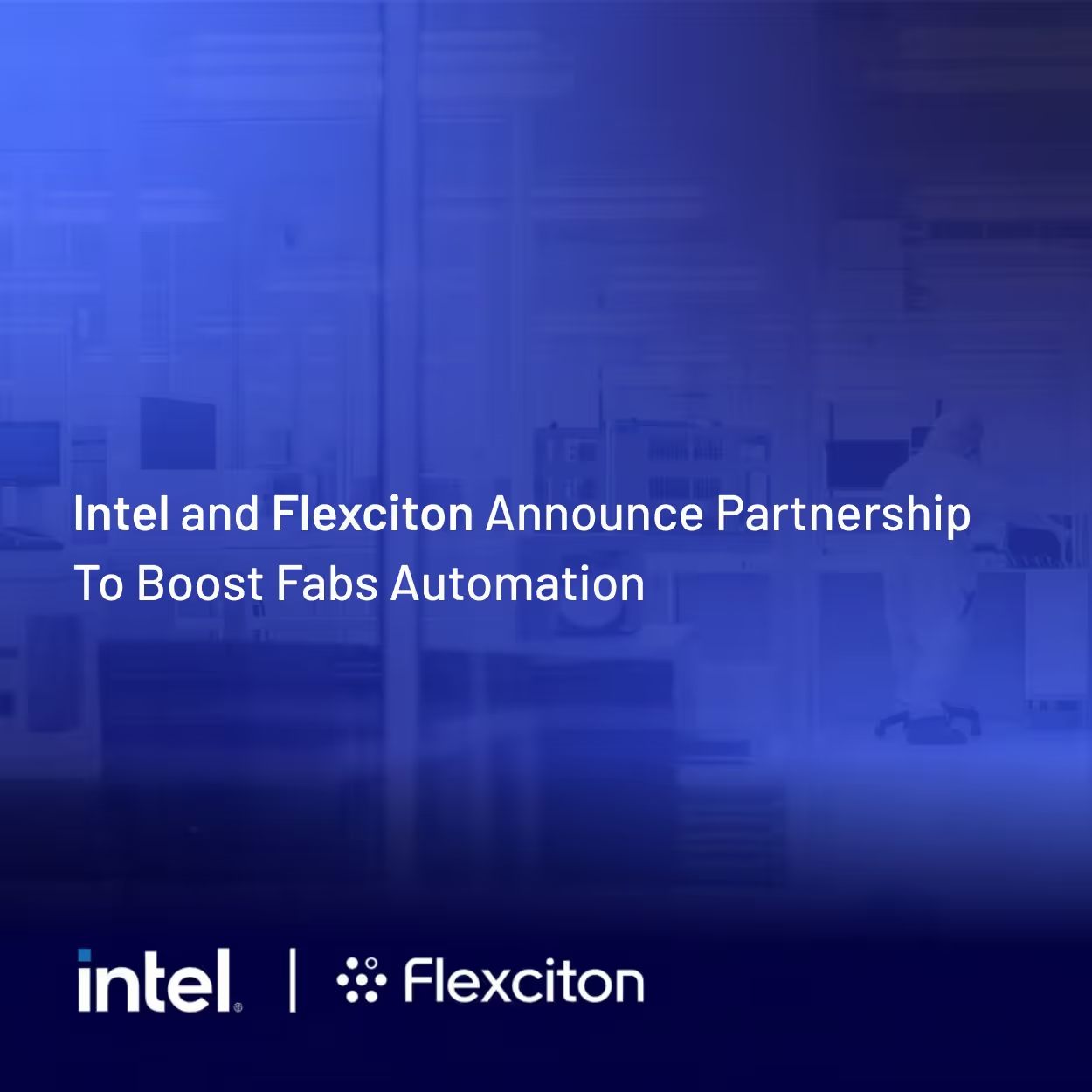



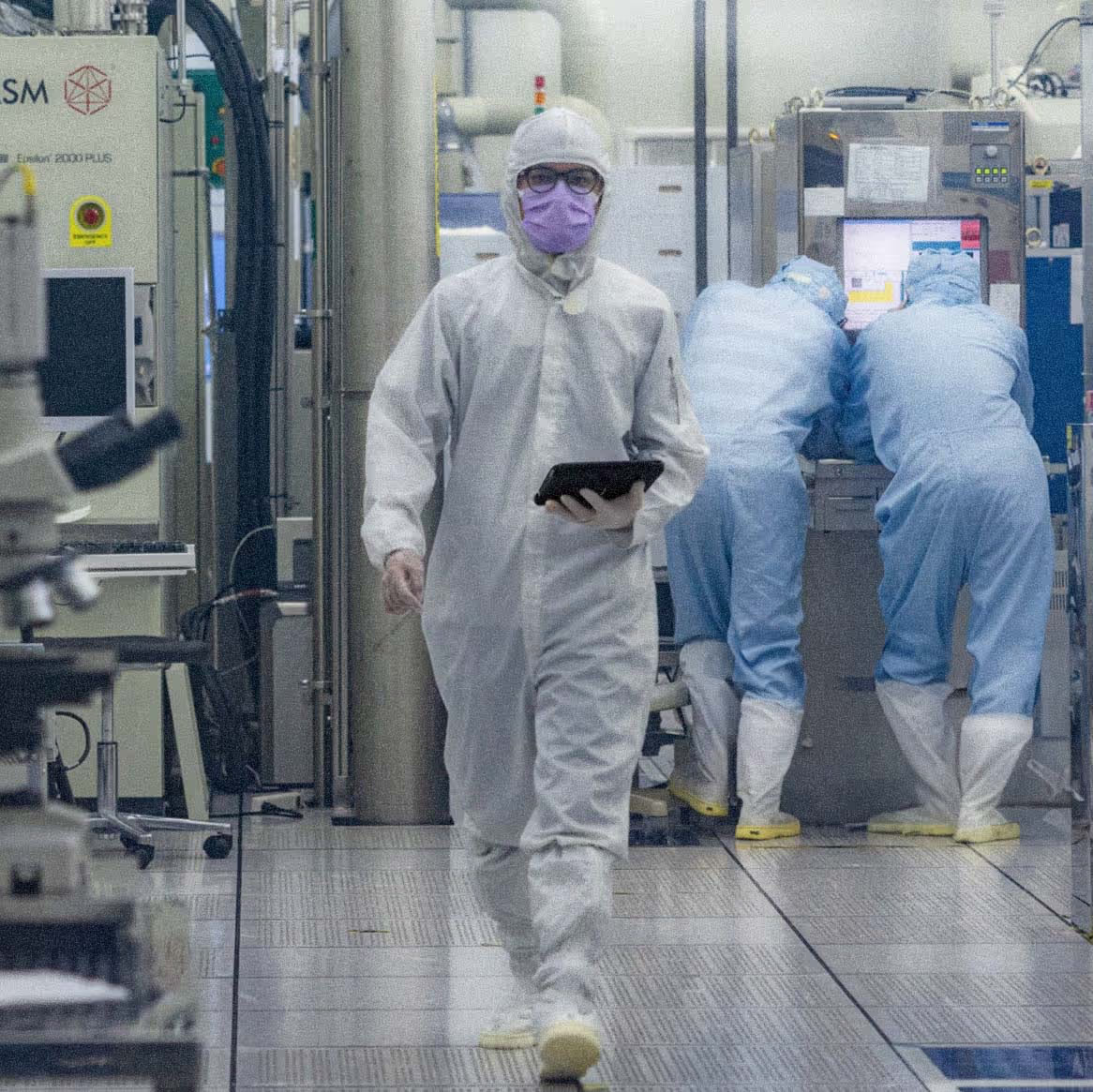
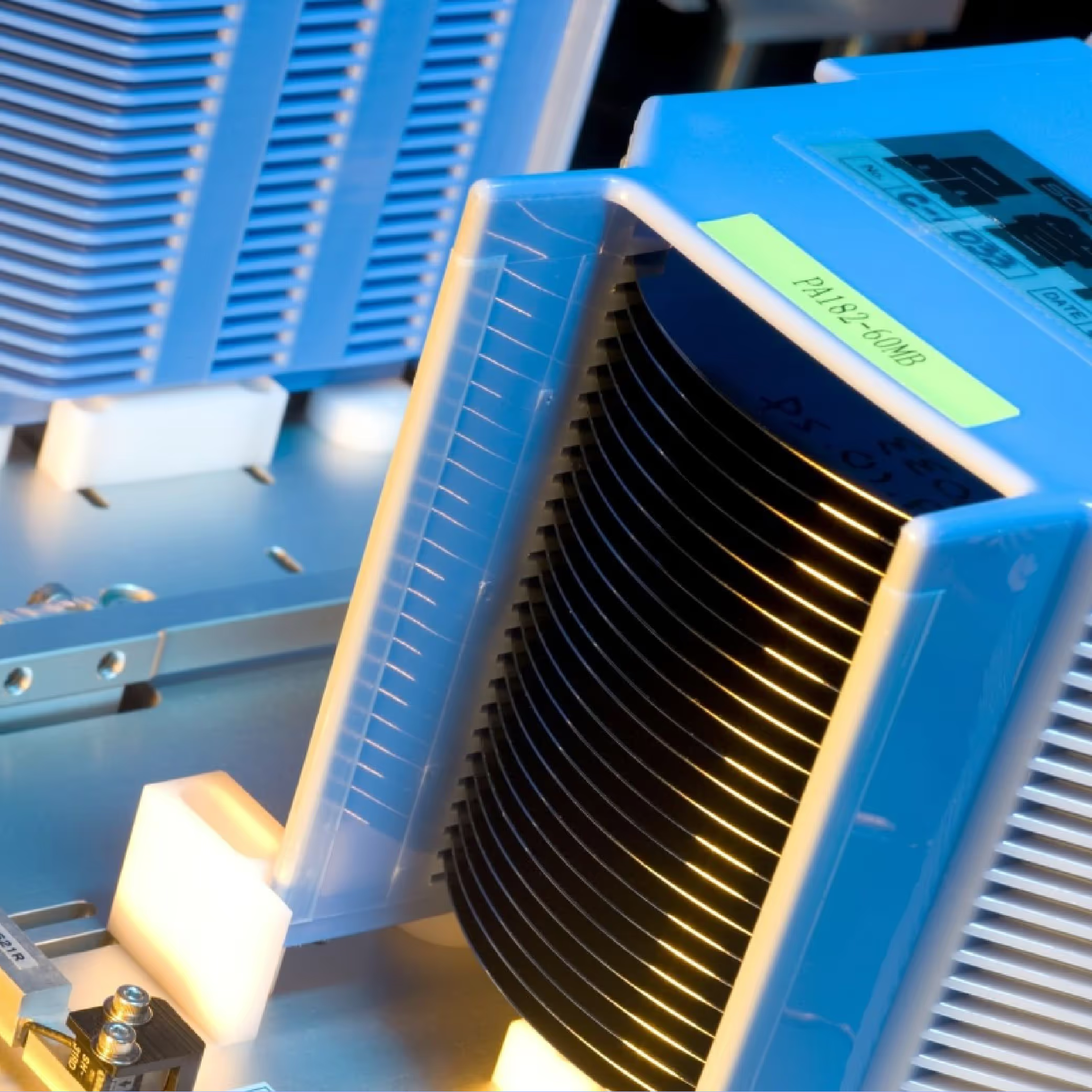
.avif)
.avif)




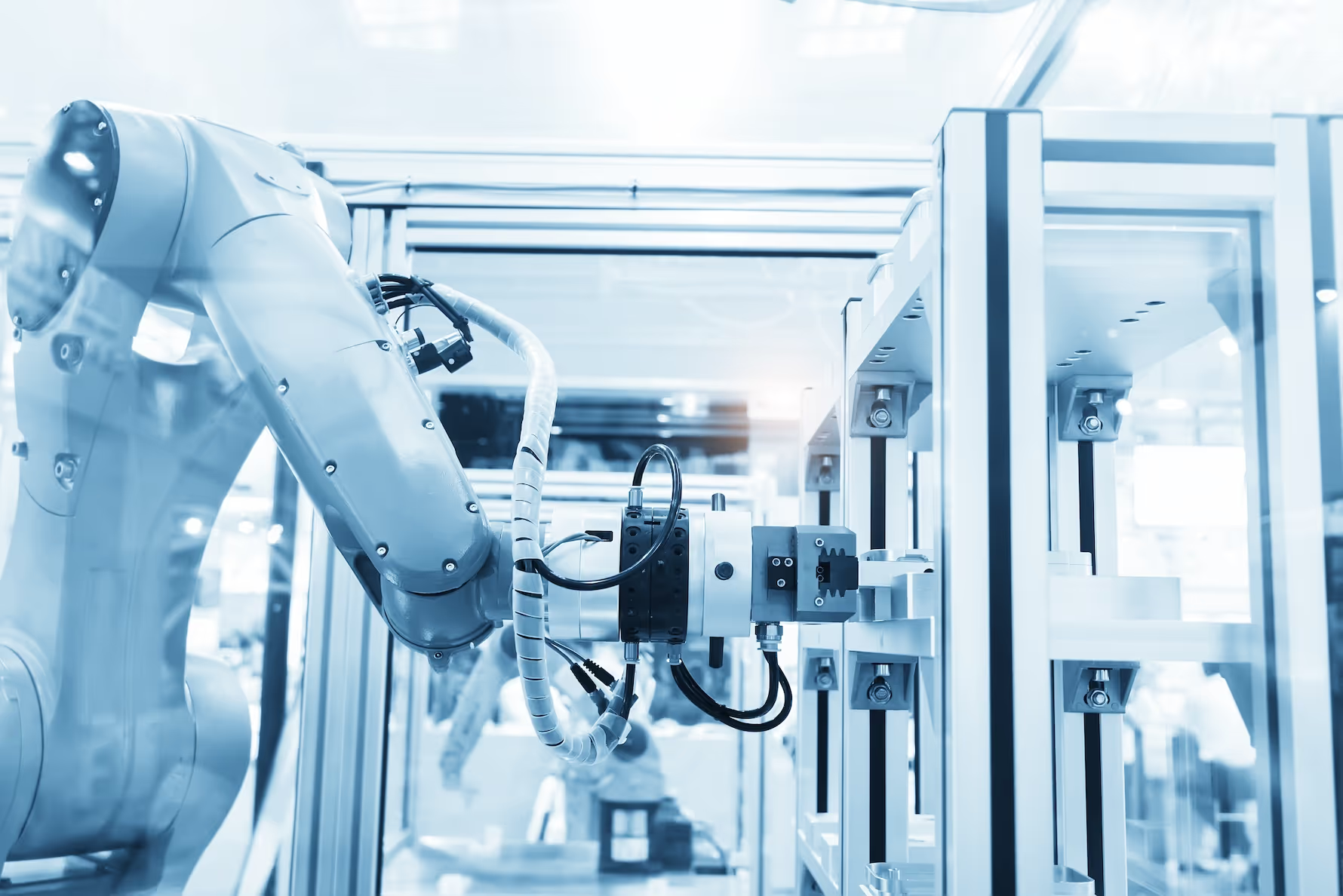











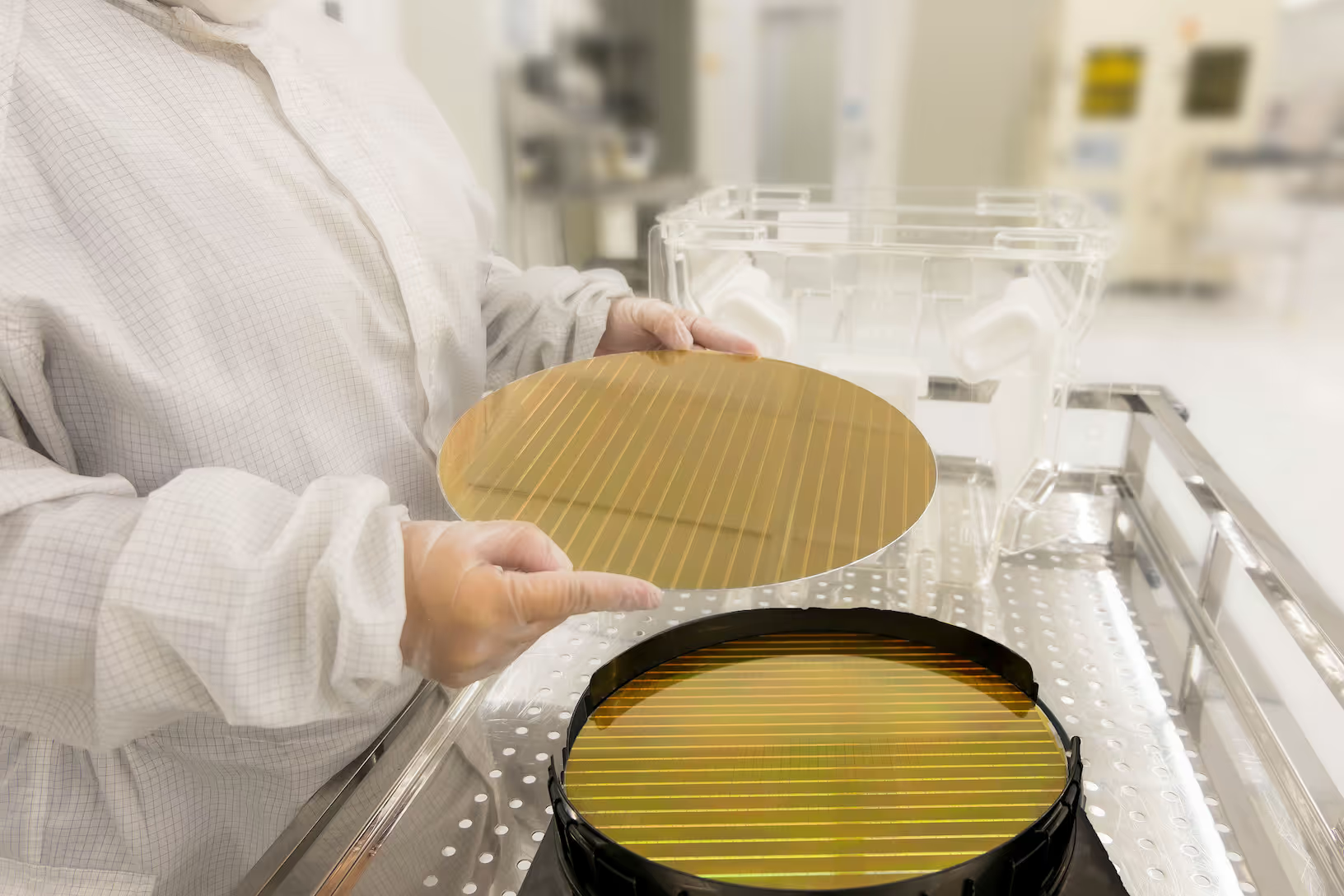

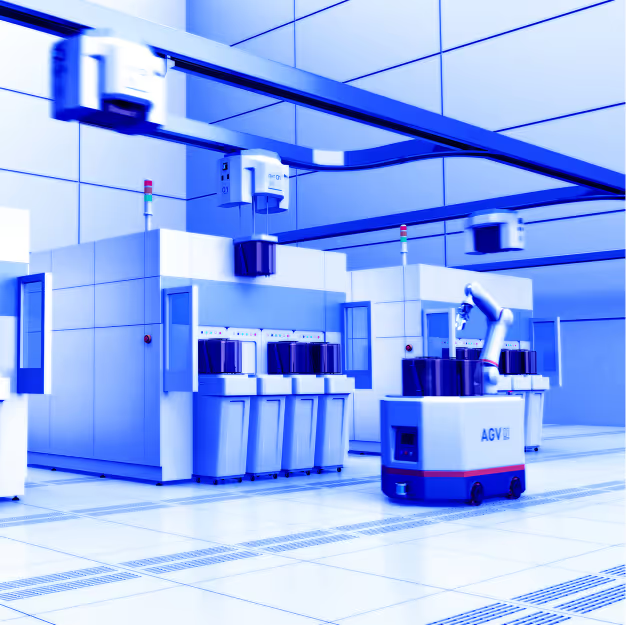
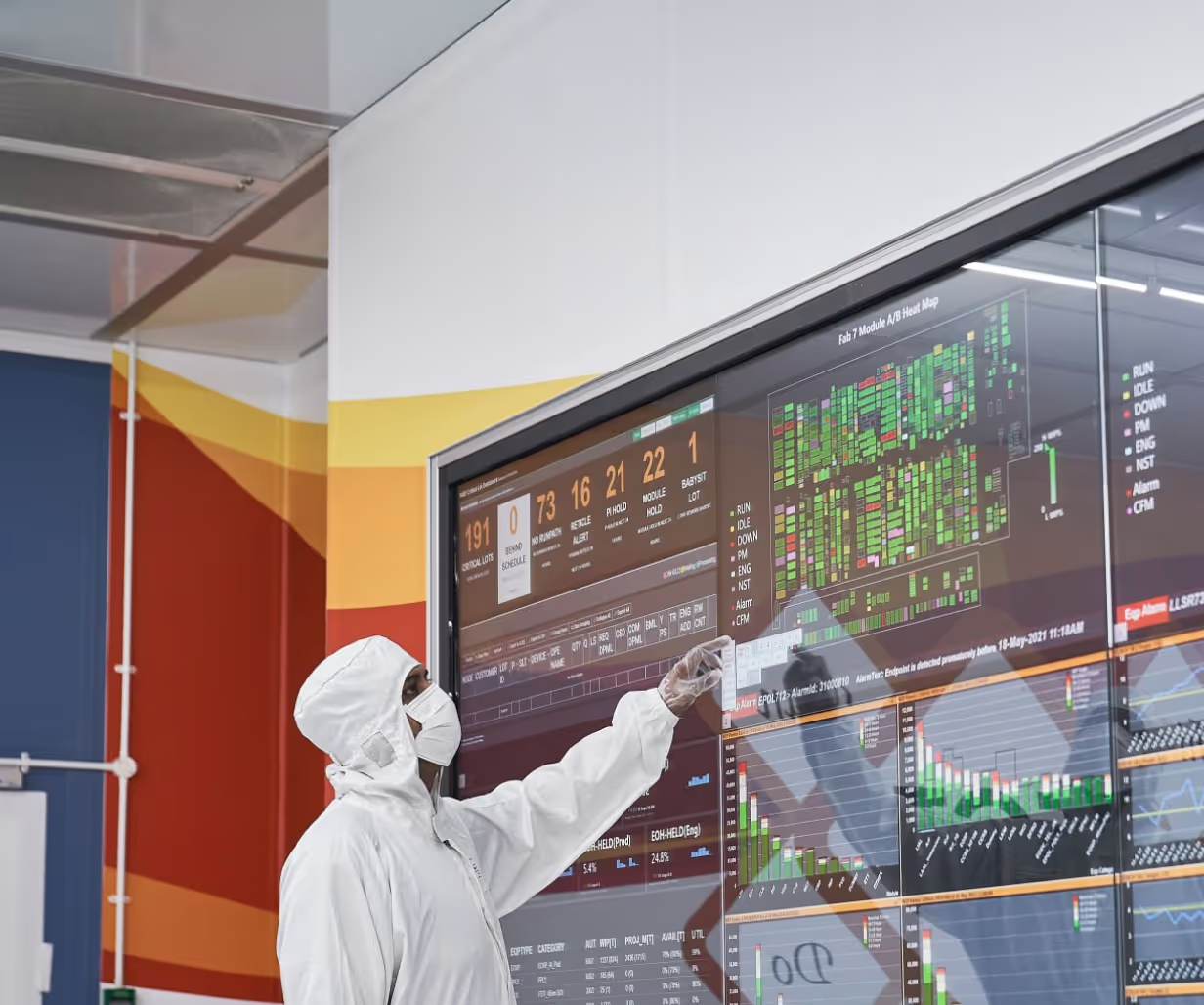


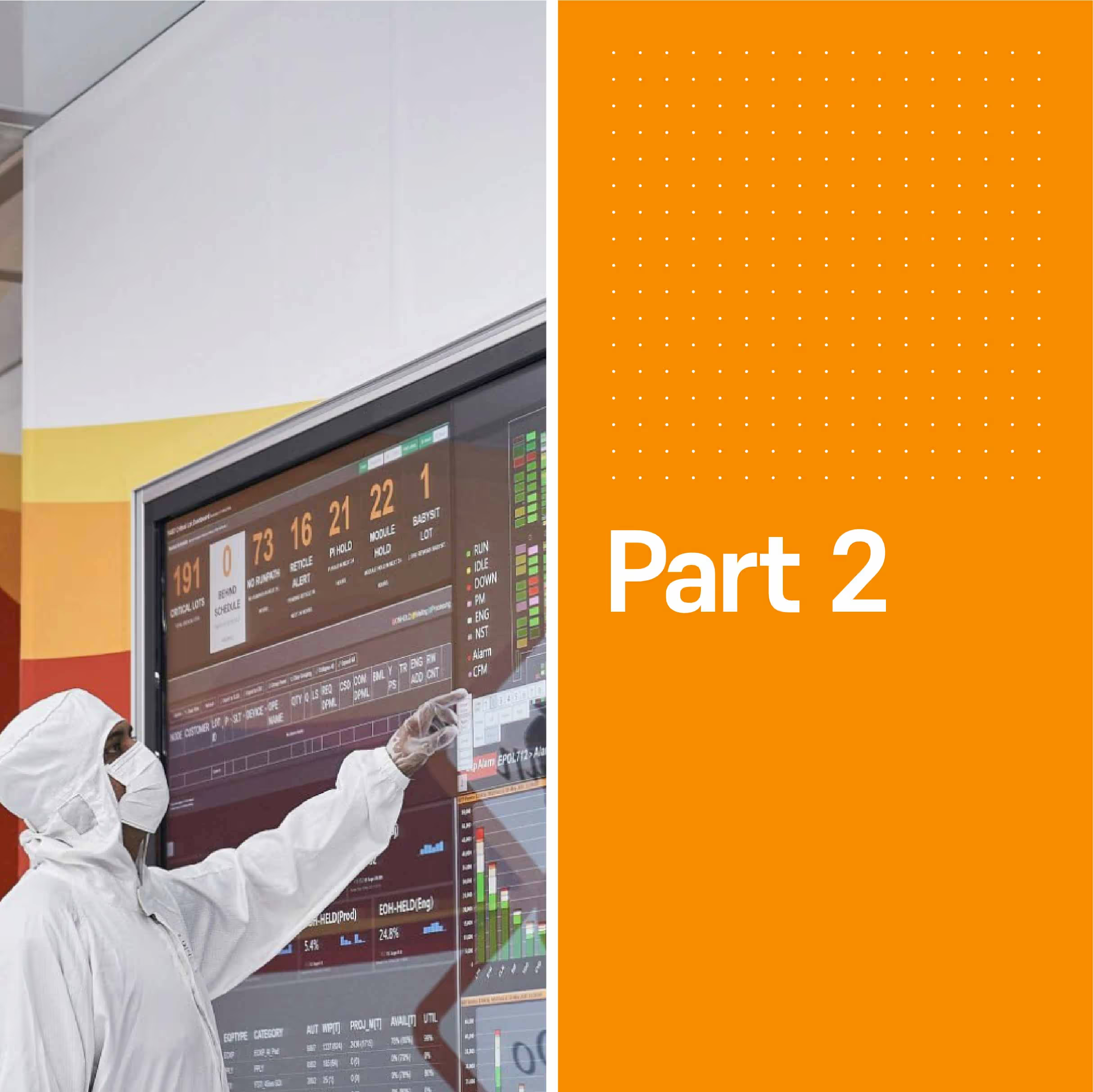


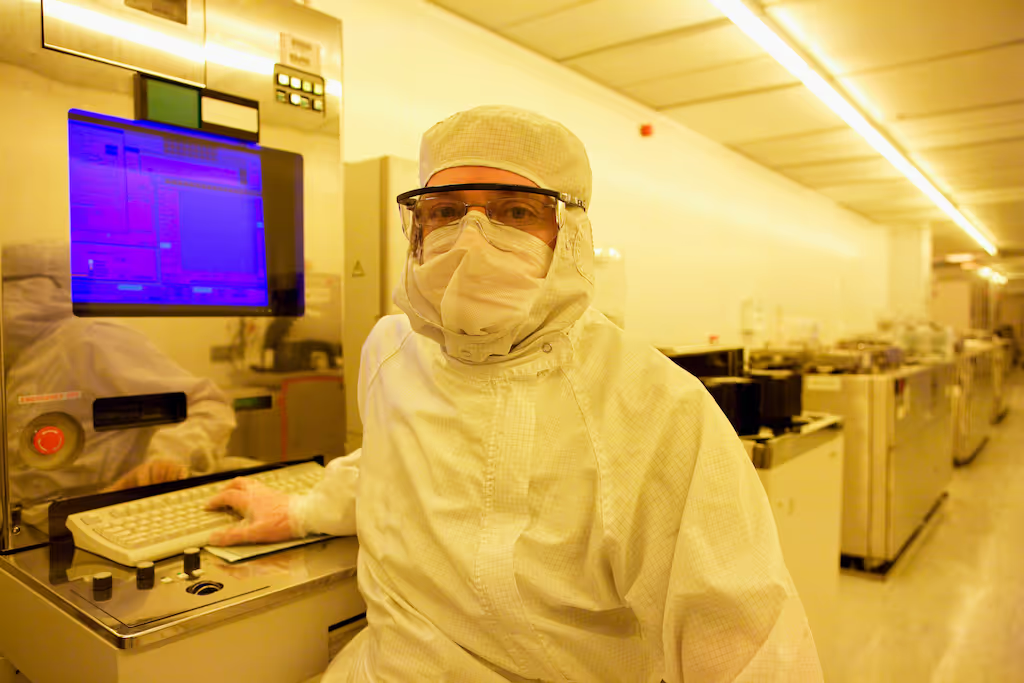
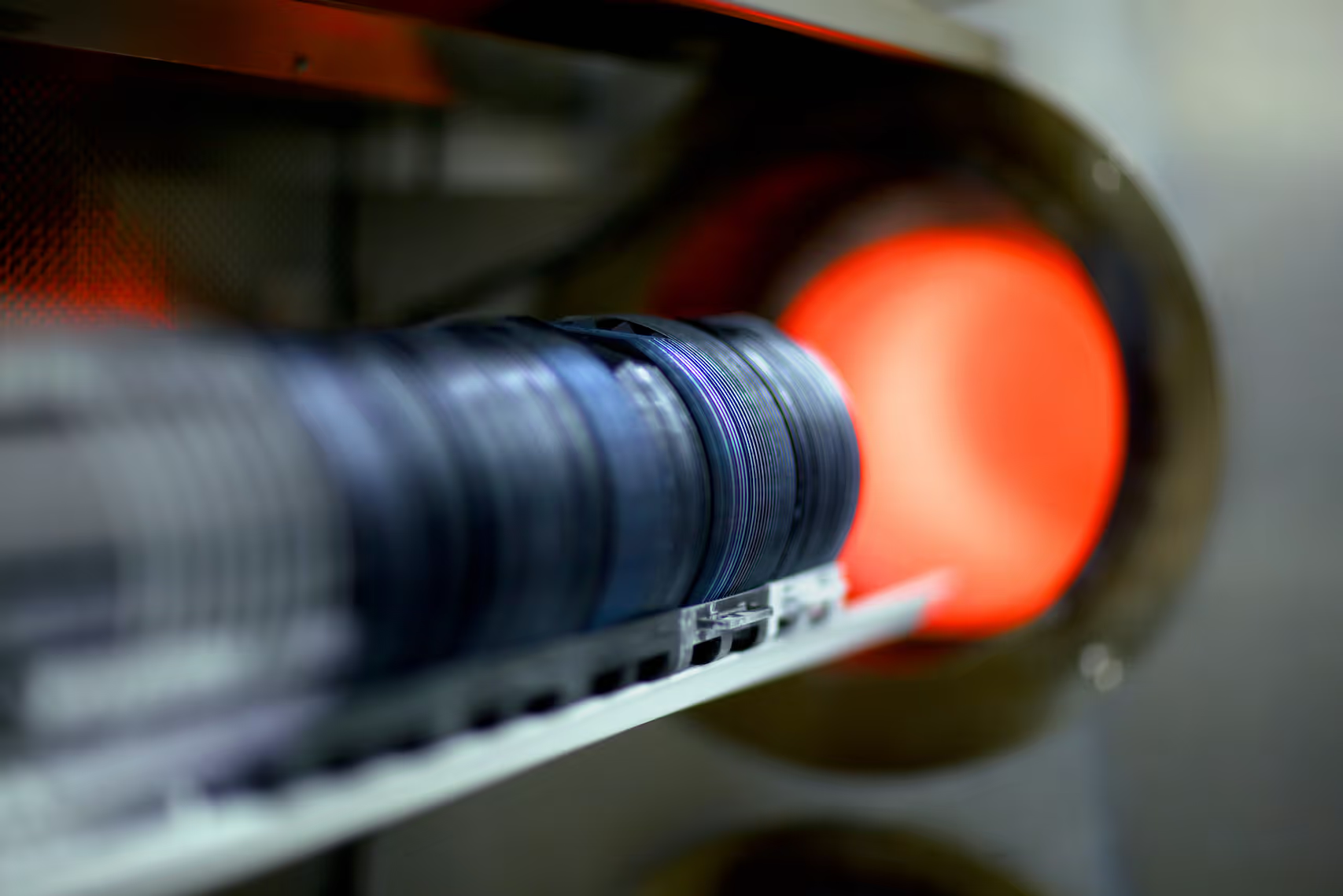
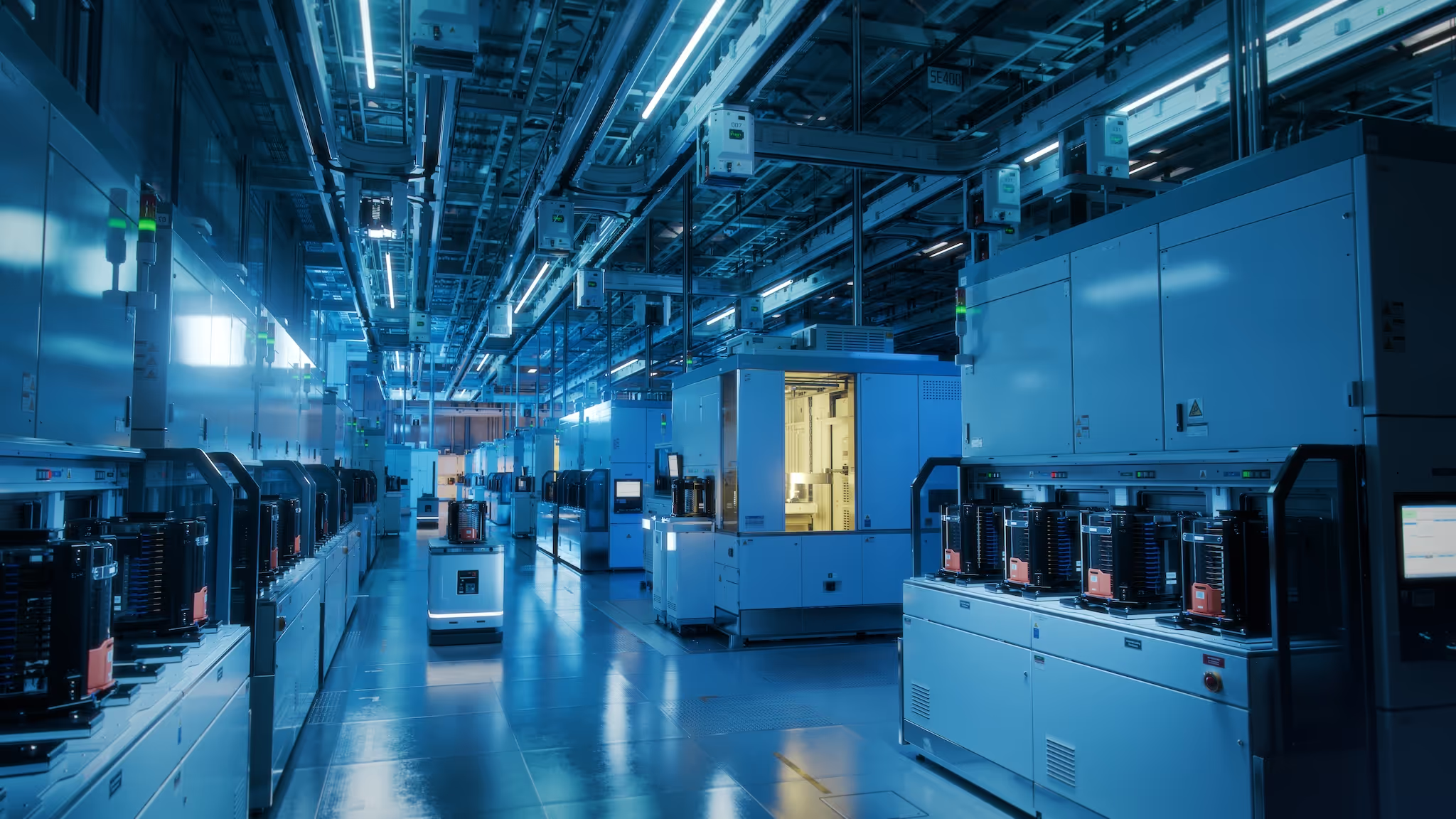

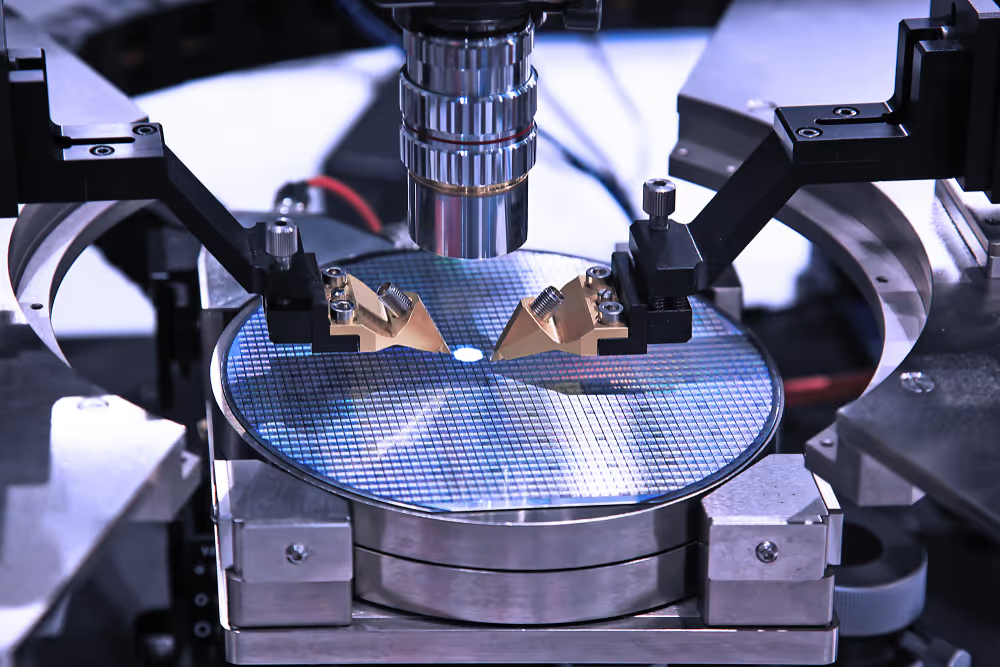
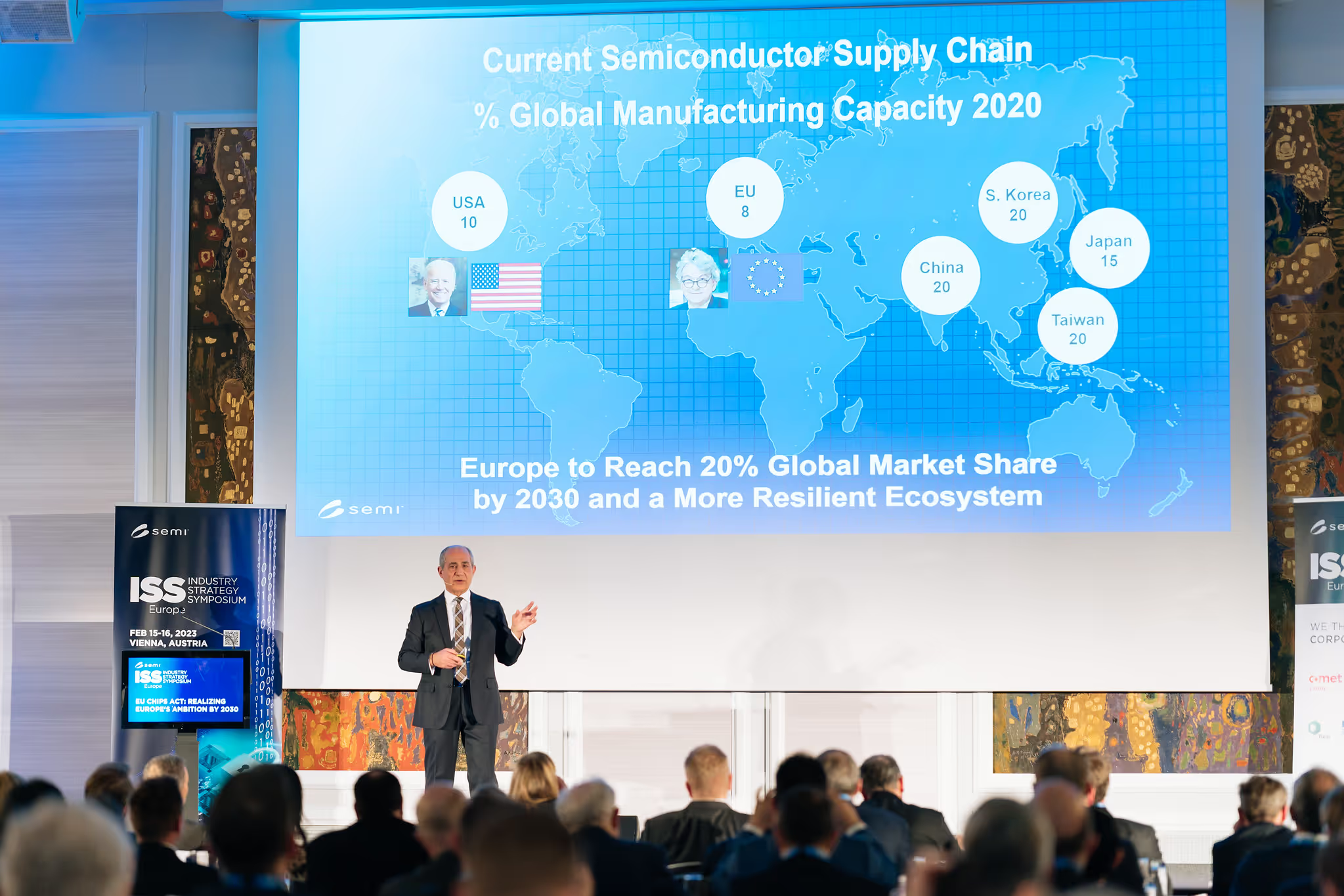
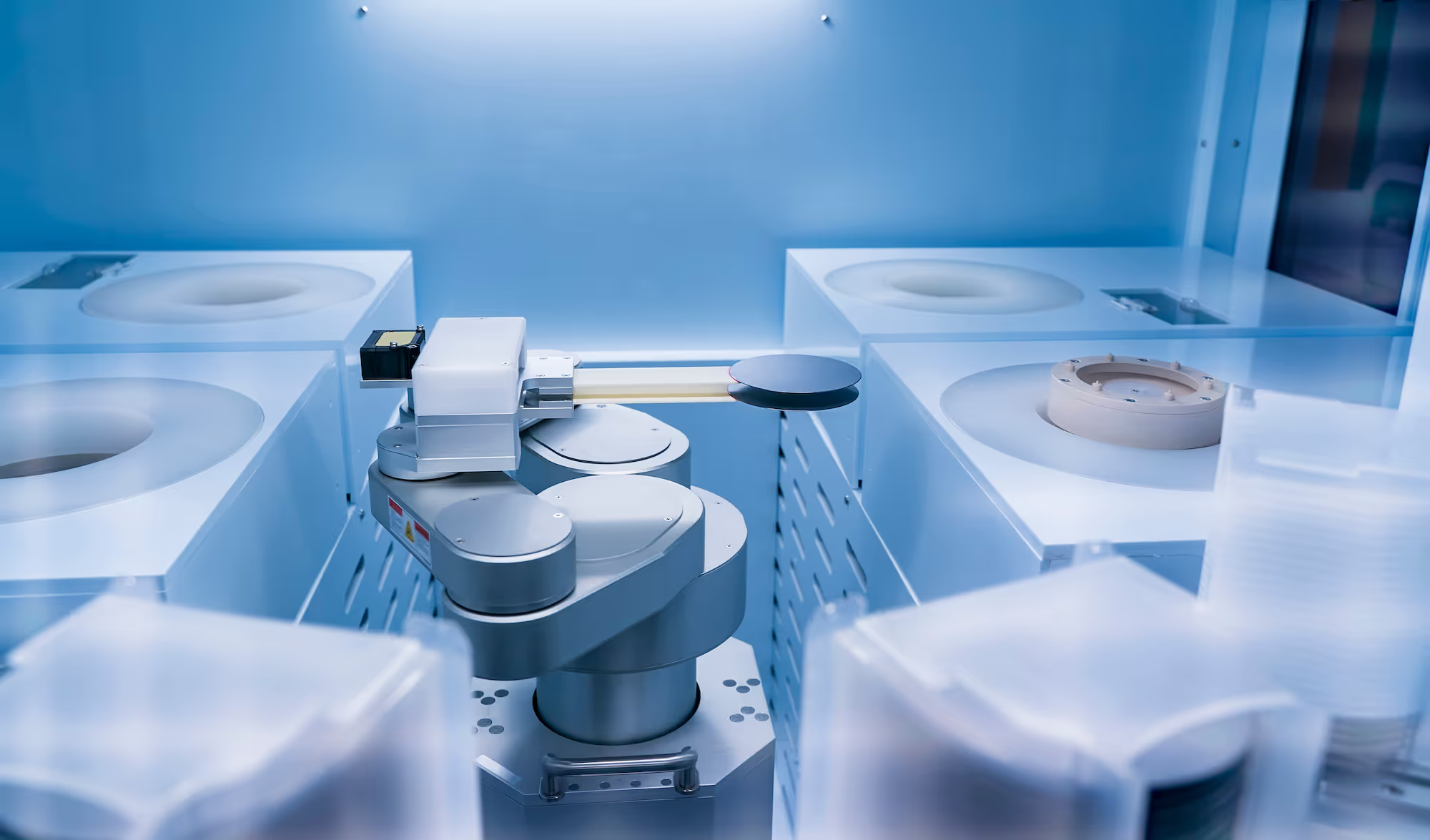
.avif)
